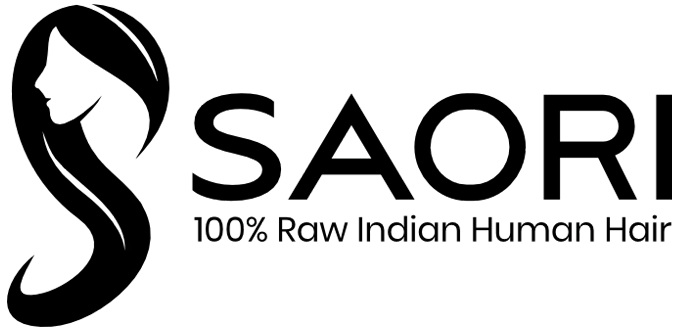
Hair extensions are more popular than ever, with new methods offering improved comfort, longevity, and realism. But when it comes down to choosing the right one, many clients are caught between two of the most talked-about techniques: tape-in and sew-in extensions.
Both methods offer stunning transformations, but they serve different needs. This blog, inspired by Perfect Locks' comparison guide, helps you understand the difference between the two, their pros and cons, and how to decide which is best for your lifestyle and hair goals.
What Are Tape-In Extensions?
Tape-in extensions are thin wefts of hair with pre-taped adhesive strips. Stylists sandwich a section of your natural hair between two wefts and press them together, creating a seamless and natural-looking effect.
Pros of Tape-In Extensions:
-
Quick and non-invasive application
-
Lightweight and comfortable
-
Ideal for fine or thin hair
-
Easy to style and blend
Considerations:
-
Need to avoid oily or heavy products at the root
-
Require professional reapplication every 6–8 weeks
-
Not recommended for those who sweat excessively (e.g., athletes)
What Are Sew-In (Weave) Extensions?
Sew-in extensions involve braiding your natural hair into cornrows and then sewing wefts of hair onto the braids using a needle and thread. This technique is popular for its durability and is especially common for individuals with thick or coily hair.
Pros of Sew-In Extensions:
-
Long-lasting hold (can last 6–10 weeks)
-
No adhesives or heat required
-
Great for high-volume, protective styles
-
Offers versatility for textured hair
Considerations:
-
Requires a skilled stylist for proper braiding and sewing
-
Heavier than tape-ins—may not suit fine hair
-
Tight braids can cause tension if not properly installed
-
Less flexibility in updos unless customised
Which Method Is Right for You?
When choosing between tape-in and sew-in extensions, ask yourself the following questions:
1. What’s your hair type?
-
Fine or thin hair? Tape-ins are gentler and more natural-looking.
-
Thick or textured hair? Sew-ins offer more structure and volume.
2. What’s your lifestyle like?
-
If you need something quick, easy, and low-commitment, tape-ins are perfect.
-
If you’re after a long-lasting, protective style, sew-ins are your best bet.
3. How much maintenance are you willing to do?
-
Tape-ins need frequent re-taping and extra care when washing.
-
Sew-ins are more durable but require good scalp hygiene and tension monitoring.
The Verdict: Balance Style & Comfort
Both options come with their own advantages, and neither is inherently better—it all comes down to your hair goals, preferences, and maintenance routine.
If you want a flexible, fast, and lightweight solution, go for tape-ins.
If you're looking for something more durable, protective, and volumizing, sew-ins are your match.
Stylists often recommend trying both at some point to see what feels most comfortable and suits your lifestyle. In 2025, the beauty of hair extensions lies in the custom experience—you can choose what works for you.
Final Thought
The world of hair extensions is expanding and evolving. With brands like Perfect Locks offering high-quality options for both tape-in and sew-in methods, it’s easier than ever to find a solution tailored to your needs. Whether you're going for subtle length or full-on glam, make sure to work with a professional and choose ethically sourced, high-quality hair for the best results.
Your dream hair isn’t just a look—it’s a choice. Make it count.
